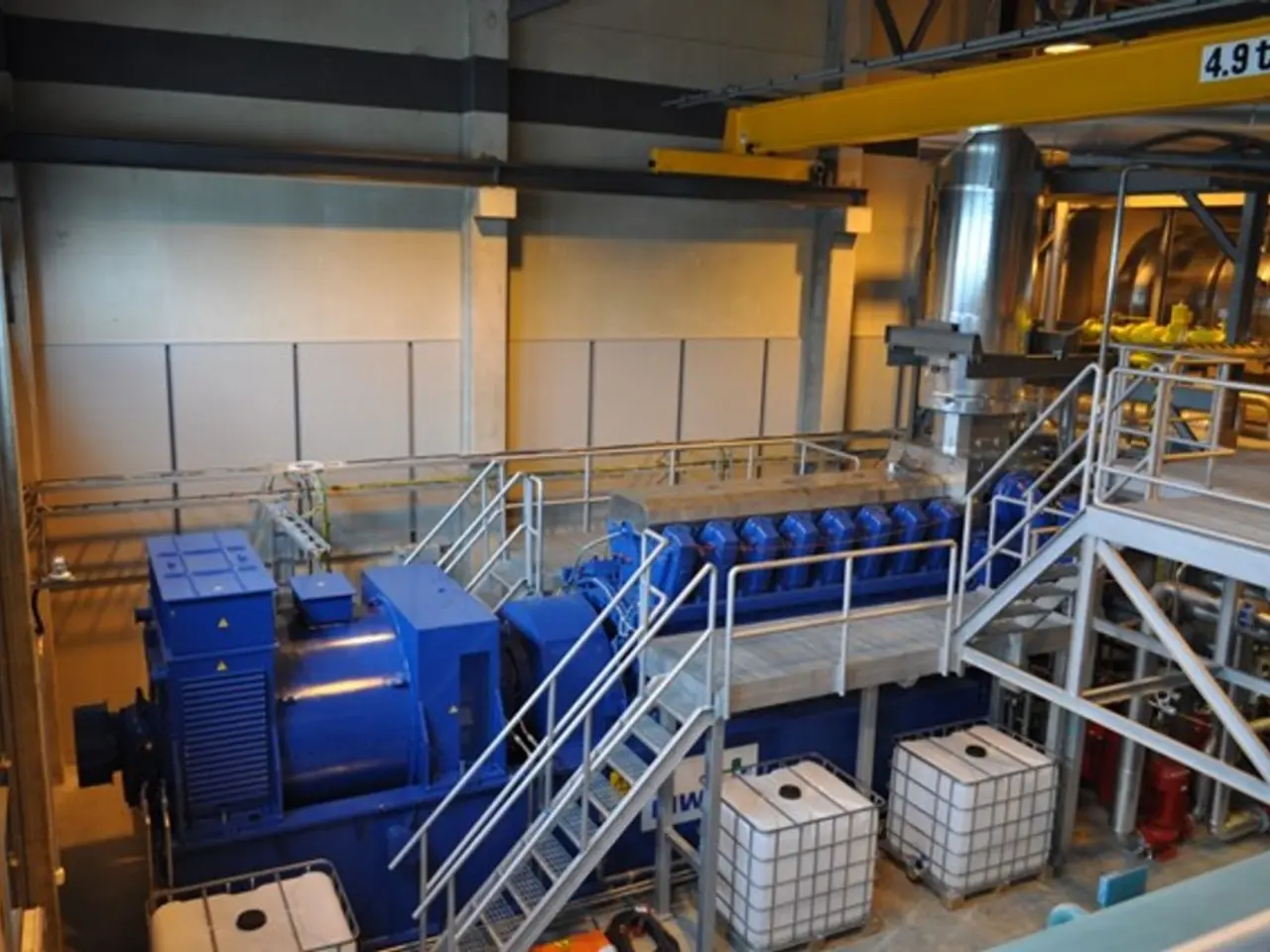Top Industry Insights Reveal Superior Lightweighting Methods Among Automobile Manufacturers
The automotive lightweight materials market has been experiencing steady annual growth, reflecting the industry's increasing emphasis on reducing vehicle weight for improved fuel efficiency and reduced environmental impact [1]. This shift towards lightweighting is not just a part-by-part endeavour; it requires a holistic, system-level approach that considers the entire vehicle structure and performance.
OEMs are exploring lightweighting strategies, seeking solutions that simplify their operations, reduce costs, and mitigate environmental impact. Key strategies include focusing on materials and manufacturing processes that streamline the workflow. For instance, introducing injection-molded parts in the Body in White can help avoid complex welding guns and reduce space needed for processes, thereby enhancing cost-effectiveness and production efficiency [2].
Collaborations should take a holistic approach to lightweighting, considering the full system and the way it functions. This includes evaluating both direct lightweighting (replacing heavier parts with lighter ones) and induced lightweighting (further weight savings enabled by initial changes) [3]. Direct lightweighting involves replacing one part with a lighter-weight part in the vehicle structure, such as using lightweight aluminium or high-strength steel in place of traditional materials. Induced lightweighting, on the other hand, refers to additional lightweighting opportunities due to reduced load on other vehicle systems as a result of initial weight reductions.
In the automotive sector, a structural product development manager's role is to develop high-performance lightweighting solutions and provide expert insights and advice [4]. For successful partnerships in this process, collaborative efforts should embrace the full lifecycle, from material selection, design, manufacturing to finishing processes such as coatings, which need adaptation to diverse lightweight materials. Partnerships must emphasize cross-functional collaboration to balance lightweighting benefits with performance, cost, and manufacturing constraints.
Accelerated development can be achieved with digital twinning, a digital model of the vehicle that can be tested, optimized, and refined before a physical prototype is needed [5]. This approach allows OEMs to identify and address potential issues early in the design process, reducing the need for costly revisions later on.
Moreover, breaking out of the "customer-supplier" mindset can lead to affordable lightweighting solutions. Automakers should not limit their thinking to "metal behaviours" when developing lighter-weight composite solutions. Sustainability in lightweighting can be achieved through various complementary paths, including reducing the environmental impact of manufacturing operations [6]. For example, low-bake solutions can reduce energy consumption at manufacturing facilities.
In conclusion, OEMs optimize lightweighting by holistic vehicle-level evaluation, choosing materials and processes that improve manufacturing flow and costs, and by fostering partnerships that collaborate across design, production, and finishing, supported by advanced automation and AI tools to maximize efficiency and performance benefits. This approach benefits every type of vehicle in today's market, extending battery range of battery-electric vehicles, improving fuel economy of gas-powered vehicles, and achieving both objectives for hybrids.
[1] https://www.marketsandmarkets.com/Market-Reports/automotive-lightweight-materials-market-1216.html [2] https://www.autonews.com/automobile-manufacturing/automotive-lightweighting-offers-more-than-just-weight-savings [3] https://www.autocarpro.in/news-auto-industry/news/india-lightweight-vehicle-technology-market-to-grow-at-a-cagr-of-13-6-by-2025-226217 [4] https://www.autonews.com/automobile-manufacturing/automotive-lightweighting-offers-more-than-just-weight-savings [5] https://www.autocarpro.in/news-auto-industry/news/india-lightweight-vehicle-technology-market-to-grow-at-a-cagr-of-13-6-by-2025-226217 [6] https://www.autonews.com/automobile-manufacturing/automotive-lightweighting-offers-more-than-just-weight-savings
- The manufacturing industry is investing in research and development to create electric vehicles with enhanced lightweight materials, aiming to reduce costs, improve efficiency, and lower environmental impact.
- Collaboration between automotive and technology sectors is essential for the finance industry to invest in the transportation sector, focusing on innovative lightweighting strategies for the automotive industry.
- As the industry moves towards advanced technologies, emphasizing lightweight materials in manufacturing processes will contribute to the growth of the automotive industry, benefiting various vehicle models, including electric, gas-powered, and hybrid vehicles.




